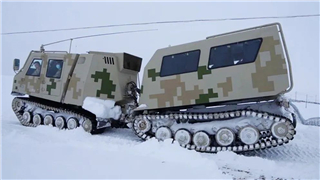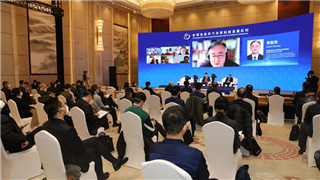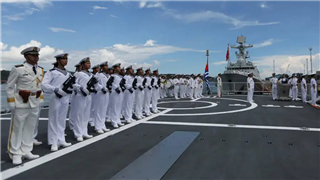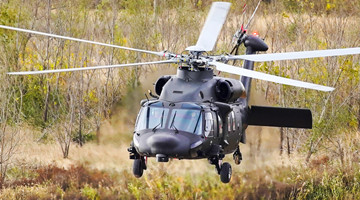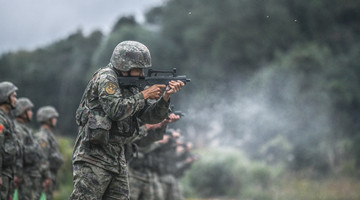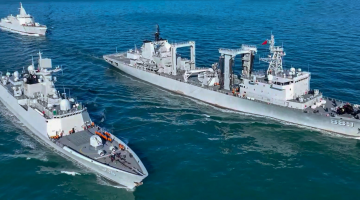By Li Shuo, Lu Haijun
The Fumio Kishida administration on December 16 issued three security documents – the National Security Strategy (NSS), National Defense Strategy (NDS) and Defense Buildup Program (DBP), which specifically included contents such as building “counterattack capability”. “Counterattack capability”, originally called the ability to attack enemy bases, refers to the weapon and equipment capacity to attack targets on the enemy’s homeland, with medium and long-range missiles being the core element. The pacificist Constitution bans Japan to possess those capabilities, so the country now gives it a new name to dress up the proactive and offensive combat capabilities as passive and defensive.
Japan acted much earlier to build such capabilities. In December 2018, the Abe administration released the National Defense Program Guidelines (NDPG) and the Medium Term Defense Program (MTDP) that planned to introduce several types of standoff cruise missiles. In December 2020, the Japanese government decided to extend the shooting range of its homemade Type 12 ground-to-ship missile to 1,000km in the next five years and realize multi-platform launch on land, on sea and in air. Recently, as the Kishida administration was about to announce its decision to build the “counterattack capability”, the Japanese Defense Ministry planned to equip the JSDF with over 10 types of medium and long-range missiles capable of reaching the enemy’s homeland from outside the defense zone. Tokyo is also discussing the possibility of buying 500 Tomahawk cruise missiles from the US, has decided to accelerate the R&D of hypersonic missiles and build about 130 ammunition depots by 2035, and tries to include high-speed glide bomb as part of the “counterattack capability”…
Apart from medium and long-range missile strike, the reconnaissance ability to lock enemy’s military targets is another key part of the so-called “counterattack capability”. Yomiuri Shinbun reported that the Japanese government has decided to develop a constellation of 50 small satellites to conduct real-time reconnaissance on the enemy’s land-based military targets and vessel position on the sea. JSDF and the US military formed the US-Japan Bilateral Intelligence Analysis Cell on November 29 to share intelligence on deployments and actions of other militaries.
JSDF’s fostering of “counterattack capability” in a way makes America’s deployment of medium-range missiles on Japanese soil more acceptable. After Japan has its own medium-range missiles, the public will be more open to American weapons being placed at its military bases in Japan. The two countries’ increasingly intensified missile attack capability will take a serious toll on the security order in Northeast Asia.
As to how it will use such capability, the Japanese government is as double-faced as ever, claiming that it will stick to the “defense only” policy and would only apply the “counterattack capability” to the minimum extent necessary. Its new National Security Strategy states that Japan can launch counterattacks against military targets in enemy territory as part of the “minimum necessary” self-defense capabilities. This equivocal wording doesn’t specify the timing and target of applying the capabilities, thus avoiding any constraint on its future use of missiles to attack other countries.
The Kishida administration’s ramping up of JSDF’s offensive combat strengths is a continuation of its attempts at military normalization after seeking the loosening of restrictions on weapon export and the lifting of the ban on collective self-defense. Being unable to overtly revise the pacificist Constitution, the Japanese government professes compliance with it in words while violating and hollowing-out it in action. That’s a major erosion of the fruits of the victory of the world anti-Fascist war and a pronounced trample upon history and regional peace.
